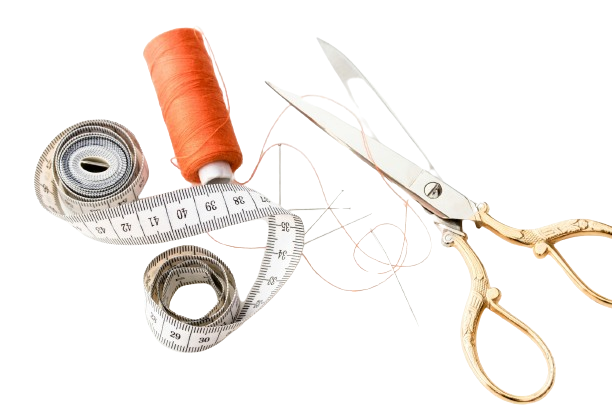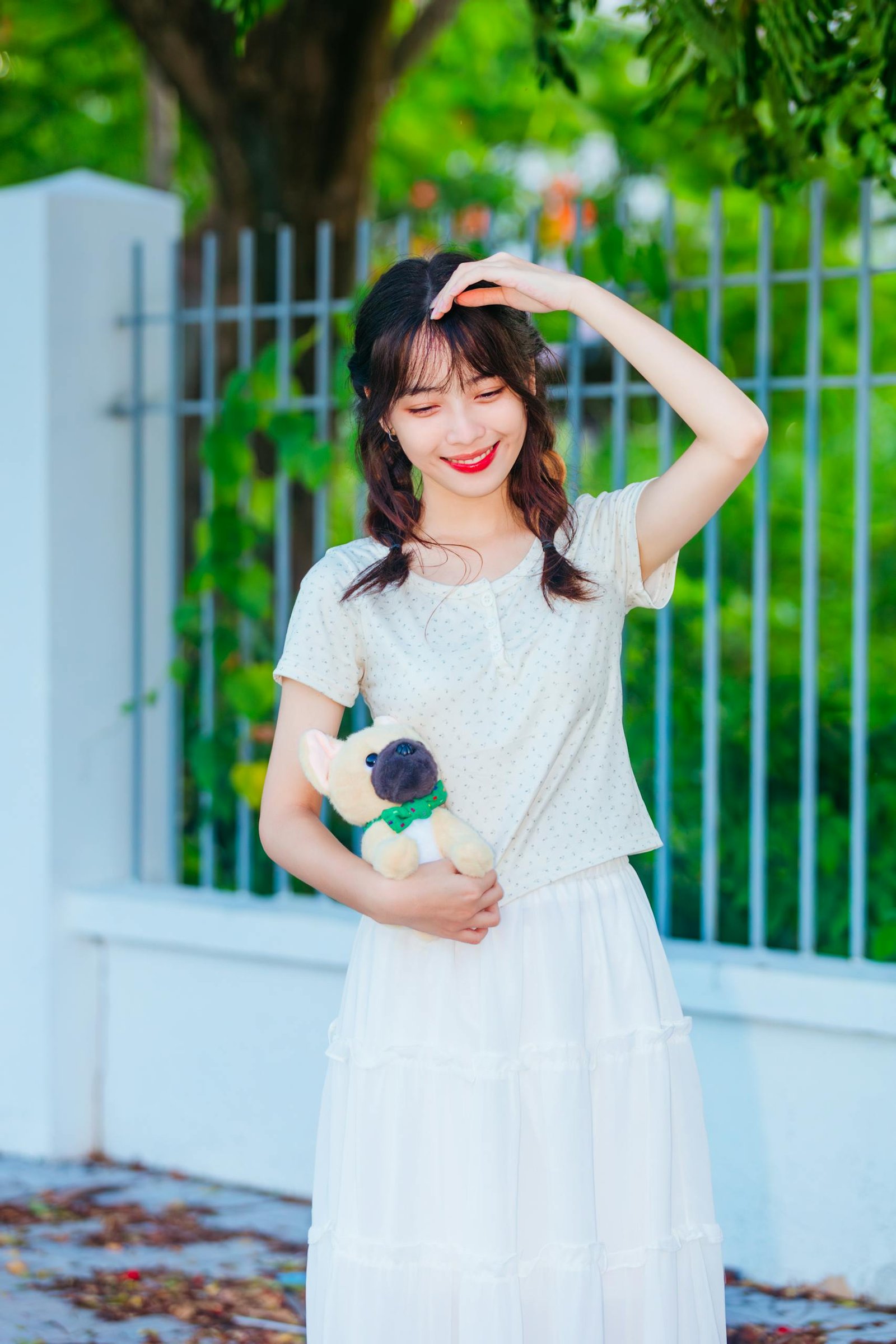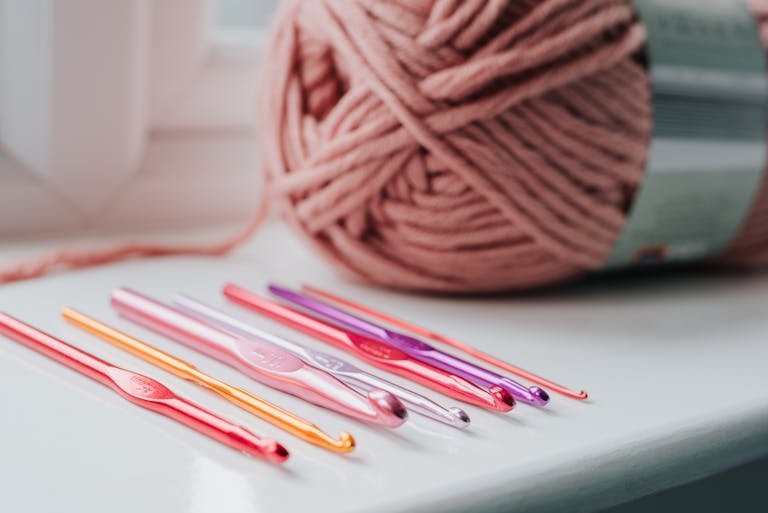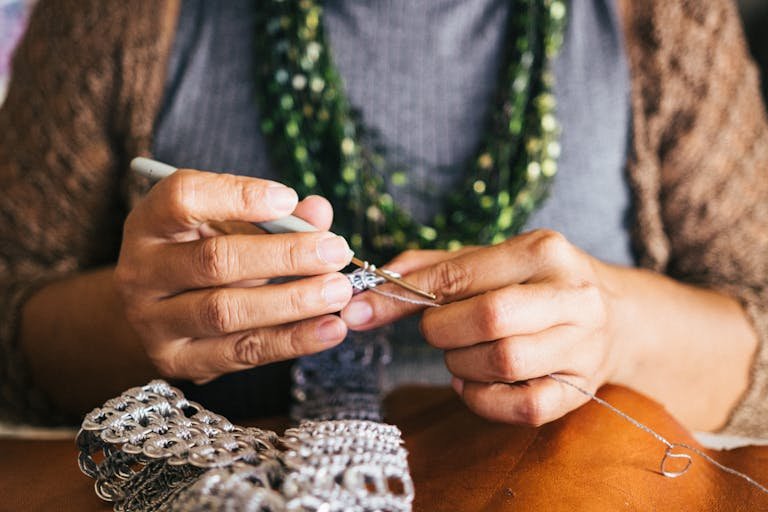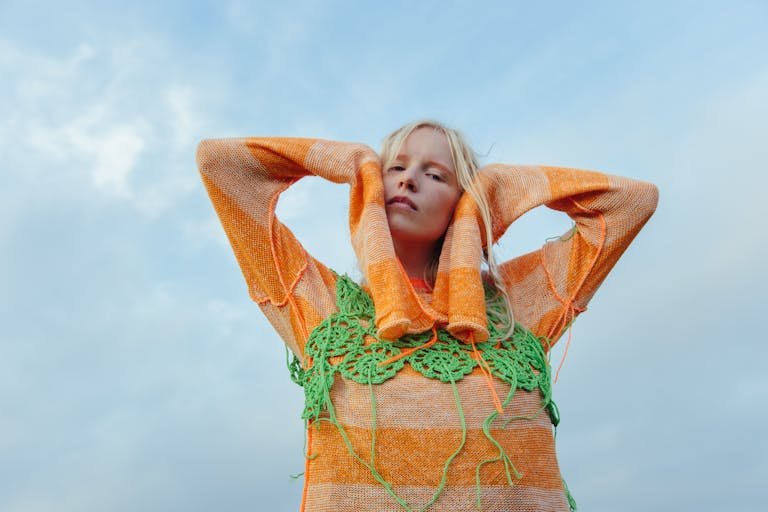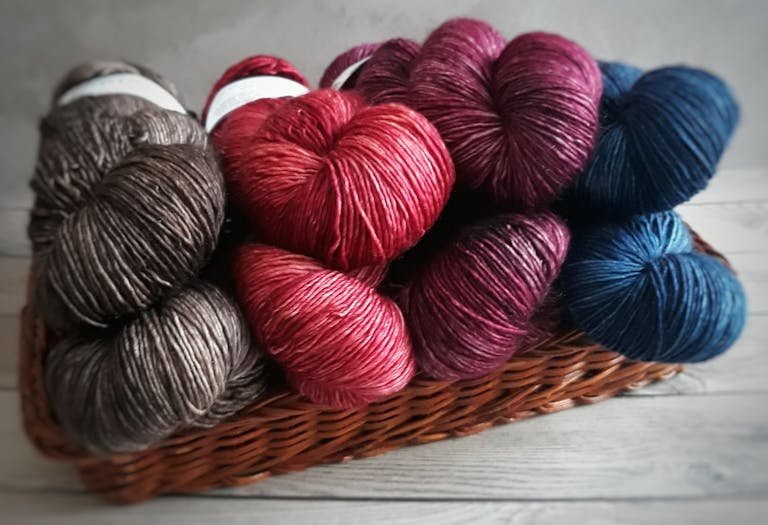Amigurumi Crochet: Tiny Creations for Beginners
Amigurumi crochet is a delightful craft that combines the art of crocheting or knitting with the creativity of making small, stuffed creatures. Originating from Japan, amigurumi has captured the hearts of crafters worldwide due to its simplicity, versatility, and sheer cuteness. Whether you’re new to the world of amigurumi or a seasoned crafter looking to expand your knowledge, this comprehensive guide will walk you through everything you need to know about this charming art form.
What is Amigurumi?
Amigurumi is a Japanese term that blends two words: “ami,” meaning crocheted or knitted, and “Kurumi,” meaning wrapping. Together, they describe the process of creating small, stuffed yarn creatures. These creations can take the form of animals, dolls, food items, or even abstract shapes, all characterized by their endearing and often whimsical appearance.
Key Characteristics of Amigurumi
Tiny Size
One of the most charming aspects of amigurumi is its size. These creations are typically small enough to fit in the palm of your hand. This tiny scale adds to their cuteness and makes them perfect for gifts, keychains, or even small decorations around the home.
Stuffed with Softness
Unlike traditional crochet or knitting projects, amigurumi pieces are always stuffed. This stuffing, often made from materials like cotton or polyester fiberfill, gives the creations a soft, cuddly texture. The stuffing also helps maintain the shape and volume of the amigurumi, allowing you to create 3D forms that stand out.
Crocheted or Knitted Creations
While the primary technique used in amigurumi is crochet, knitting can also be employed. Crochet is more popular because it allows for tighter stitches, which is essential for keeping the stuffing inside and creating a more defined shape. However, some artists prefer knitting for its different texture and appearance.
Endless Variety and Creativity
One of the most exciting aspects of amigurumi is the endless variety it offers. You can create virtually anything—animals, food items, fictional characters, or even abstract shapes. This flexibility allows for immense creativity, as you can customize your amigurumi in any way you like, from choosing the colors to adding intricate details.
Getting Started with Amigurumi
If you’re new to amigurumi, it might seem a bit daunting at first. But with the right approach and materials, you’ll find it to be a rewarding and enjoyable craft.
Choosing the Right Pattern
The first step in any amigurumi project is selecting a pattern. There are countless patterns available online and in books, ranging from beginner-friendly to more advanced designs. When starting out, it’s best to choose a simple pattern that matches your skill level. Look for patterns that clearly explain each step and include visual aids like diagrams or photos.
Gathering Essential Materials
Once you’ve chosen a pattern, it’s time to gather your materials. Here’s what you’ll need:
- Yarn: Select yarn in the colors you’ll need for your project. Thinner yarn is often preferred for amigurumi because it allows for more detailed work.
- Crochet Hook: Use a hook that matches the thickness of your yarn. A smaller hook will create tighter stitches, which is ideal for amigurumi.
- Stuffing: You’ll need fiberfill or similar material to stuff your amigurumi. This gives your creation its shape and softness.
- Safety Eyes or Embroidery Thread: For adding details like eyes or facial features.
- Needle and Scissors: For sewing parts together and finishing off loose ends.
Following the Pattern: Tips and Tricks
As you begin your amigurumi project, it’s important to carefully follow the pattern. Amigurumi patterns often use specific stitches and techniques, so understanding the terminology is crucial. Here are some tips to help you along the way:
- Start with a Magic Ring: Most amigurumi projects begin with a magic ring, which is a technique used to create a tight, adjustable loop. This helps prevent a hole in the center of your work.
- Count Your Stitches: Keeping track of your stitch count is essential to ensure your amigurumi turns out as intended.
- Use Stitch Markers: Place a stitch marker at the beginning of each round to help you keep track of your progress.
Read Also: Seal MDF Like a Pro: Ultimate Guide Before Painting
What is Amigurumi Yarn?
Characteristics of Ideal Amigurumi Yarn
When selecting yarn for amigurumi, there are a few key characteristics to keep in mind:
- Softness: Since amigurumi pieces are often meant to be cuddled or handled, choosing a soft yarn is essential for creating a comfortable, pleasant texture.
- Durability: Amigurumi creations should be durable enough to withstand frequent handling, so it’s important to choose a yarn that won’t pill or fray easily.
- Color Variety: Having access to a wide range of colors allows you to bring your amigurumi designs to life with accuracy and creativity.
Popular Types of Amigurumi Yarn
Several types of yarn work well for amigurumi projects:
- Cotton Yarn: Cotton is a popular choice due to its softness and breathability. It also holds its shape well, making it ideal for amigurumi.
- Acrylic Yarn: Acrylic yarn is affordable and available in a vast array of colors. It’s also durable and easy to care for, making it a great choice for amigurumi projects that will be handled frequently.
- Wool Yarn: Wool is warm and soft, and can be felted to create unique textures. However, it may be less suitable for projects that require machine washing
Amigurumi vs. Traditional Crochet: Understanding the Differences
Size and Scale
While traditional crochet can be used to create anything from large blankets to clothing, amigurumi focuses on small, detailed pieces. The compact size of amigurumi projects is one of their defining features, making them quick and satisfying to complete.
Shape and Structure
Amigurumi typically involves creating round or spherical shapes, with patterns designed to form three-dimensional figures. In contrast, traditional crochet often results in flat or tubular shapes, depending on the project.
Stuffing and Finishing
Unlike most traditional crochet projects, which are often left unstuffed, amigurumi creations are always filled with stuffing to give them volume and shape. This stuffing adds to their plush, toy-like quality.
Intricate Details
Amigurumi often incorporates intricate details like embroidered eyes, crocheted features, or even sewn-on accessories. These small touches help to create the characteristic “cute” appearance associated with amigurumi.
Read Also: Mercerized Cotton Yarn: The Luxe Choice
Final Words
Amigurumi crochet is a delightful craft that combines creativity, skill, and love for adorable creations. Whether you’re a seasoned crocheter or a beginner looking to try something new, amigurumi offers a fun and rewarding experience. With the right materials, patterns, and a bit of practice, you can create your own collection of charming, stuffed creatures that bring joy to anyone who sees them. So, why not give it a try? Dive into the world of amigurumi and discover the endless possibilities this craft has to offer.
